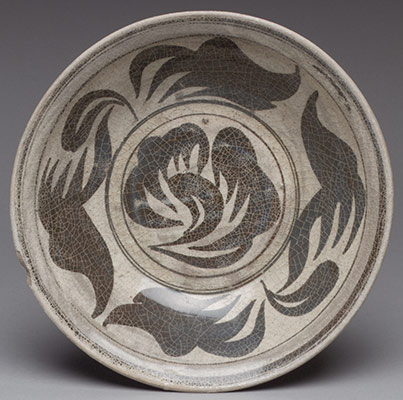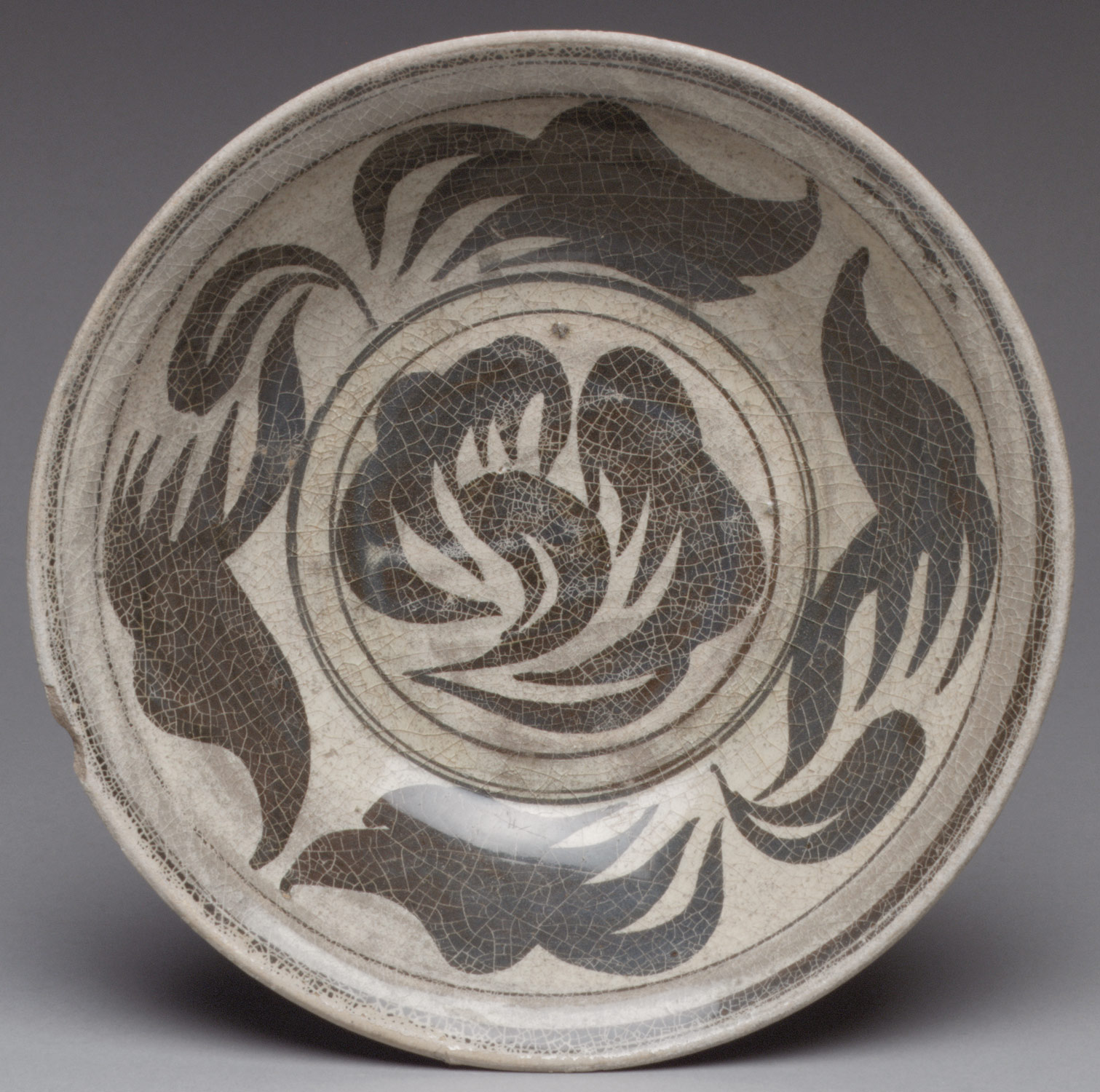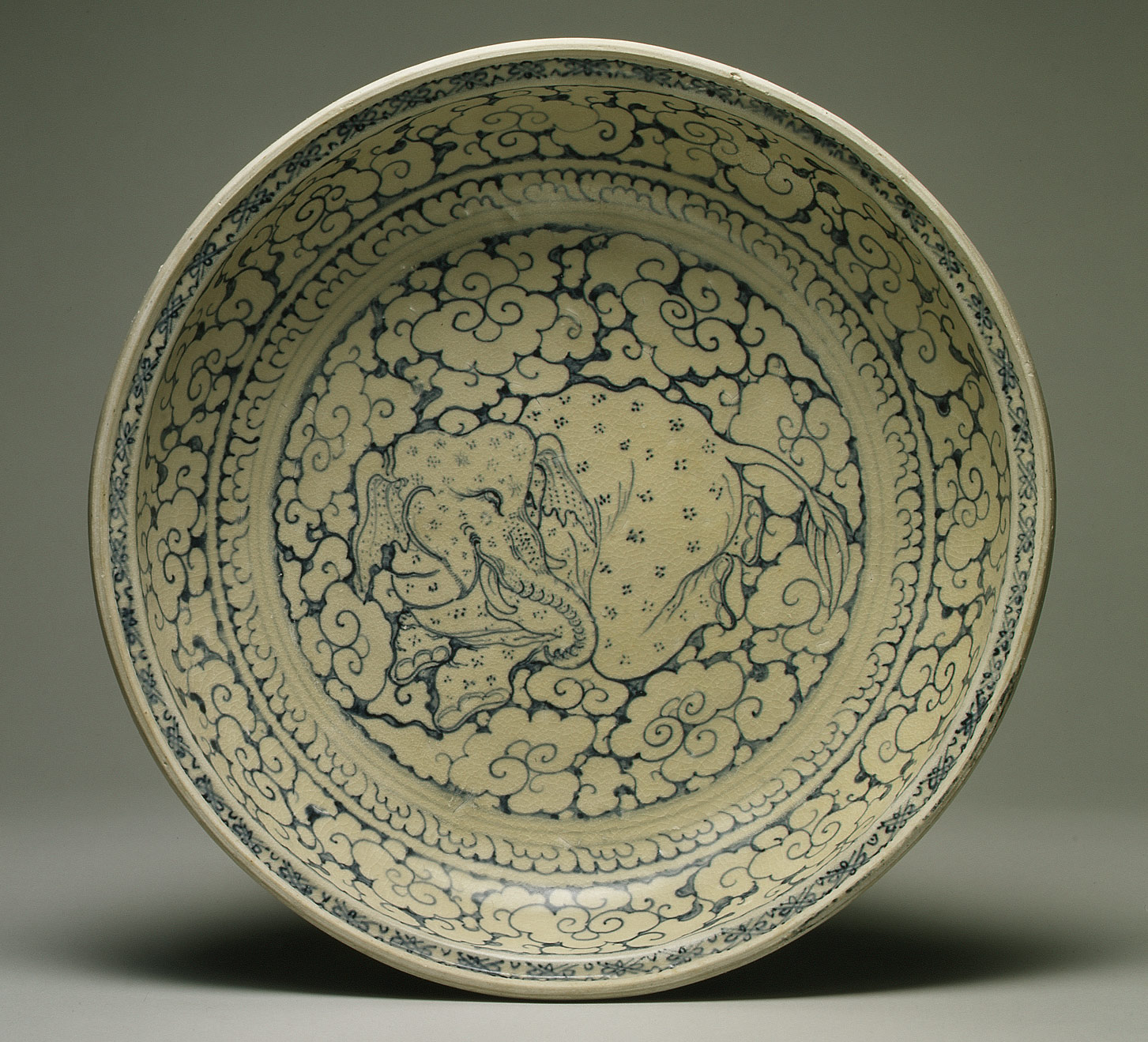The Thai kingdom, centered on the capital city of Ayudhya, is a dominant polity in mainland Southeast Asia after the defeat of the Cambodian Khmer empire in 1431. Sculptures of Buddhas, walking and sitting, made of bronze and brass, are widely produced. A thriving ceramic industry flourishes at kilns such as those of Sukhothai and Si Satchanalai in the central region, and smaller centers such as Kalong and Phan in the north. Ceramics are also produced in some number in Vietnam from the fourteenth to the sixteenth century. Established around 1400, the town of Malacca on the Malay Peninsula plays an important role in the spice trade linking the mainland with Indonesia, the Spice Islands, China, India, West Asia, Portugal, and other European nations. The spread of Islam on the Malay Peninsula, in Indonesia, and other islands reflects the prevalence of Muslims in this trade. Textiles are among the dominant artworks of the period. In addition, metalwork—including pieces made of gold, small bronze and terracotta figures, and clay architectural decorations—are made for domestic consumption throughout Southeast Asia.
Southeast Asia, 1400–1600 A.D.
Timeline
1400 A.D.
1450 A.D.
BURMA
CAMBODIA
LAOS
MALAYSIA
THAILAND
VIETNAM
INDONESIA
1450 A.D.
1500 A.D.
BURMA
CAMBODIA
LAOS
MALAYSIA
THAILAND
VIETNAM
INDONESIA
1500 A.D.
1550 A.D.
BURMA
CAMBODIA
LAOS
MALAYSIA
THAILAND
VIETNAM
INDONESIA
1550 A.D.
1600 A.D.
BURMA
CAMBODIA
LAOS
MALAYSIA
THAILAND
VIETNAM
INDONESIA
Overview
Key Events
-
1404–1406
Malacca emerges as an important trading center on the Malay Peninsula. It is founded partially as a result of civil wars in Indonesia that lead to the displacement of the ruling elite.
-
1406–1428
Claiming to restore the Tran dynasty, the Chinese take over Vietnam, enforcing Chinese cultural traditions, including clothing styles and language.
-
ca. 1420–1560
Ceramics are widely produced in different centers of Thailand. Examples painted in underglaze brown and works with green glazes, as well as architectural decorations, are used domestically and imported throughout all of mainland and island Southeast Asia. The Vietnamese ceramic industry also flourishes, producing stonewares with underglaze cobalt blue and overglaze enamel decoration, which often show Chinese influence in their design. Products are traded in Southeast Asia as well as to West Asia. A bottle, which is rare for its date of 1450, is now in the collection of the Topkapi Saray Museum in Istanbul.
-
1431
The Thai sack of the capital at Angkor marks the fall of the powerful Khmer empire. A new Cambodian capital is established at Phnom Penh.
-
1438
Sukhothai, a thriving center for ceramics and the production of bronze sculpture, is incorporated into Ayudhya.
-
ca. 1450
Three major Thai states exist—Ayudhya, Lan Na, and Lan Xang. Different styles of Buddha imagery are associated with each center.
-
1453–1472
Under the reign of Shin Sawbu, daughter of two earlier kings, Bago is promoted as a center of Buddhism in Burma. Trade also flourishes under her rule.
-
1500–1518
Raden Patah of Demak in Indonesia also rules Majapahit to the south. He promotes trade and Islam in Indonesia and Sumatra.
-
ca. 1511
The Portuguese, who control the Strait of Malacca as well as the town and port of Malacca, send a mission to Ayudhya in Thailand requesting trading rights in return for Western firearms and ammunition.
-
1558
Lan Na in Thailand becomes a Burmese vassal state.
-
1563
Suma Oriental is published in Venice. Based on the notes of the Portuguese Tomé Pires, who traveled in Southeast Asia from 1512 to 1515, it is one of the first European sources for the history of that region.
-
1578–1606
Manila in the Philippines is a center of commerce as well as home to numerous Spanish Catholic missionaries.
-
ca. 1580–1600
The state of Mataram, which plays a prominent role in the seventeenth century, arises in Indonesia.
-
1595–1598
The first Dutch trading missions arrive in Indonesia.
Citation
“Southeast Asia, 1400–1600 A.D.” In Heilbrunn Timeline of Art History. New York: The Metropolitan Museum of Art, 2000–. http://www.metmuseum.org/toah/ht/?period=08®ion=sse (October 2002)




















